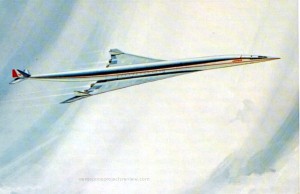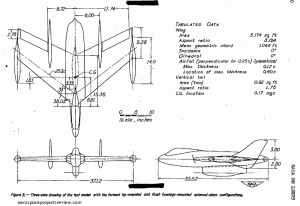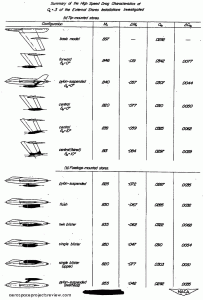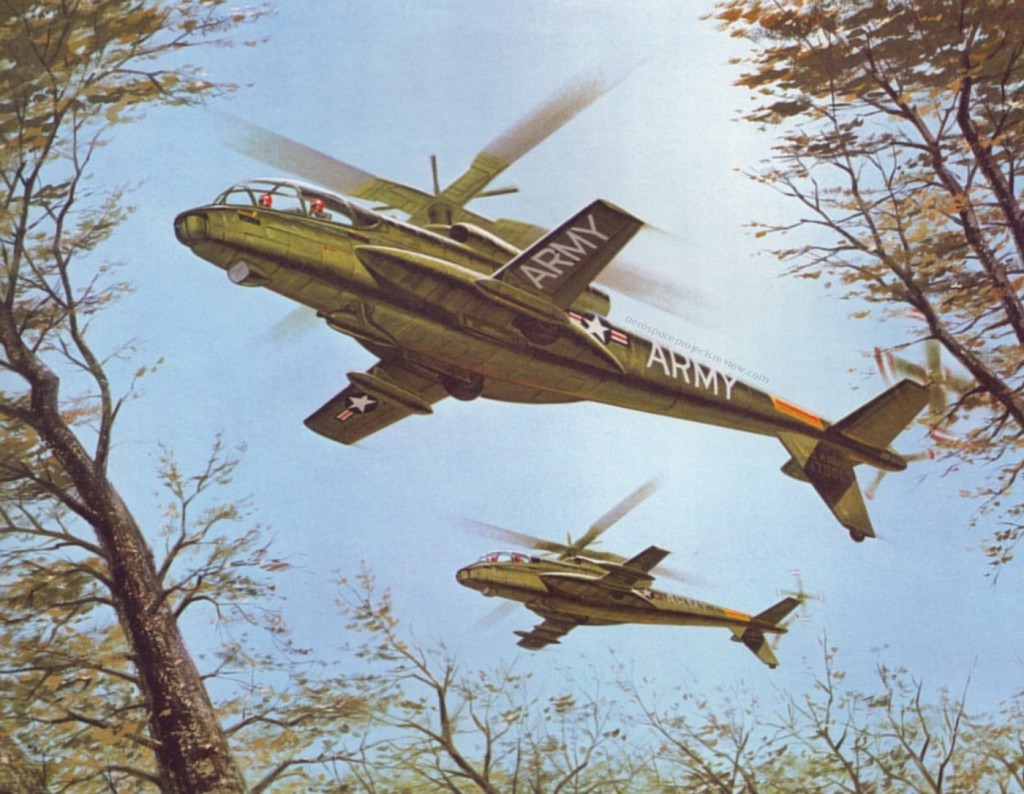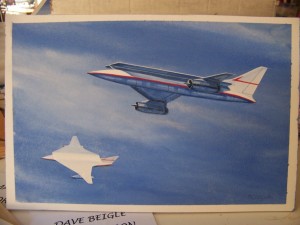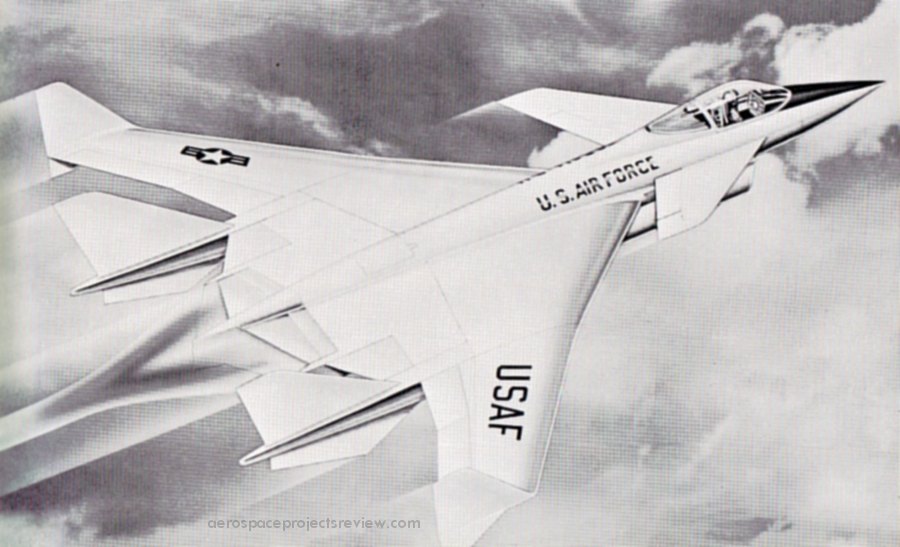Artwork (via the NASA HQ History Office) of the Lockheed STAR Clipper. This was an early stage-and-a-half concept with a reusable orbiter and expendable propellant tanks. Vastly more info on this is available in APR issue V3N2.
I have no idea if this is legit, but it claims to be a website for a group of people who want to build a brand new Horten 229 (WWII German jet-powered flying wing fighter) and fly it.
Horten 229 Reconstruction Project
[youtube A3UFvYQoiTI]
Subtle message…
US flies B-52 bombers over South Korea
… as part of the same joint US/South Korea military exercises that have Lil’ Kim Jong Etc. shaking his tiny fist.
The OPEC oil embargo of the west of 1973-74 and subsequent skyrocketing of petroleum prices made sure that the American SST program, cancelled by Congress in 1971, stayed cancelled. As Concord subsequently showed, an SST in an era of expensive aviation fuel would be an economic disaster.
In the late 1970’s there was a flirtation in the American aviation industry with liquid hydrogen as an alternate fuel for jetliners. LH2 would pose a number of issues, not least of which being the very low density of the stuff; relatively gigantic heavily insulated fuel tanks would be needed. For subsonic jetliner designs, these tanks often took the shape of extremely large fuel tanks on the wings, nearly the size of the aircraft fuselage. This was not much of an option for supersonic transports due to the increased drag. Nevertheless, liquid hydrogen fueled supersonic transports were designed. One such is shown below, a late 1970’s Lockheed design. The liquid hydrogen tanks occupy much of the forward and aft fuselage volume; the passengers are stuck in a relatively short segment in the middle of the double-deck fuselage. There would be no direct connection between the passenger compartment and the cockpit… so at the very least, the likelihood of a hijacking – another feature of air travel in the late 1970’s – would be greatly reduced.
By the 1980s, efforts to wean the west off OPEC petroleum were bearing fruit (or at least looking promising); as a result, the price of oil plummeted. And with cheap oil the imperative to design hydrogen-fueled aircraft largely vanished.
In 1949, the Langley Aeronautical laboratory of the NACA studied external stores (apparently fuel tanks) configurations for the Vought F7U Cutlass. A wide and occasionally unusual range of layouts was considered. As it happened, the Cutlass was a disaster of an airplane, with low powered engines prone to flameout in the rain and landing gear prone to collapse. The Cutlass did not last long and a surprising fraction were destroyed in crashes.
A Lockheed painting of the CL-840, an attack helicopter proposed for the Advanced Aerial Fire Support System contest of 1964-66. This design won, and was built as the AH-56 Cheyenne. Sadly, the design was more advanced than the technologies required to support it, and it was cancelled after only a few prototypes were built.
Someone is selling a McDonnell-Douglas painting (the original actual painting, it seems) of an SST concept:
The aircraft uses a “parasol” wing, which was a concept that enjoyed a bit of popularity in the 1970’s. The idea: at supersonic speeds shock waves shed from the nose of the craft would impinge on the underside of the wing, adding lift and reducing fuel requirements. As memory serves, an added bonus would be that the benefit of area ruling would be in place, but without the need to actually “wasp-waist” the fuselage. Being able to produce a bland cylindrical fuselage would greatly reduce cost and stress on the large pressurized structure.
Such “favorable interference” designs would produced for fighters, SSTs and bombers, from USAF design labs to Boeing to McD to Lockheed and probably others. In time, the idea faded away; the gains in supercruise performance were apparently outweighed by cost and weight.
Note that the positioning of the engines, unusual for an SST, would also serve the favorable interference purpose: shock waves from the inlets would impinge on the wings above.

